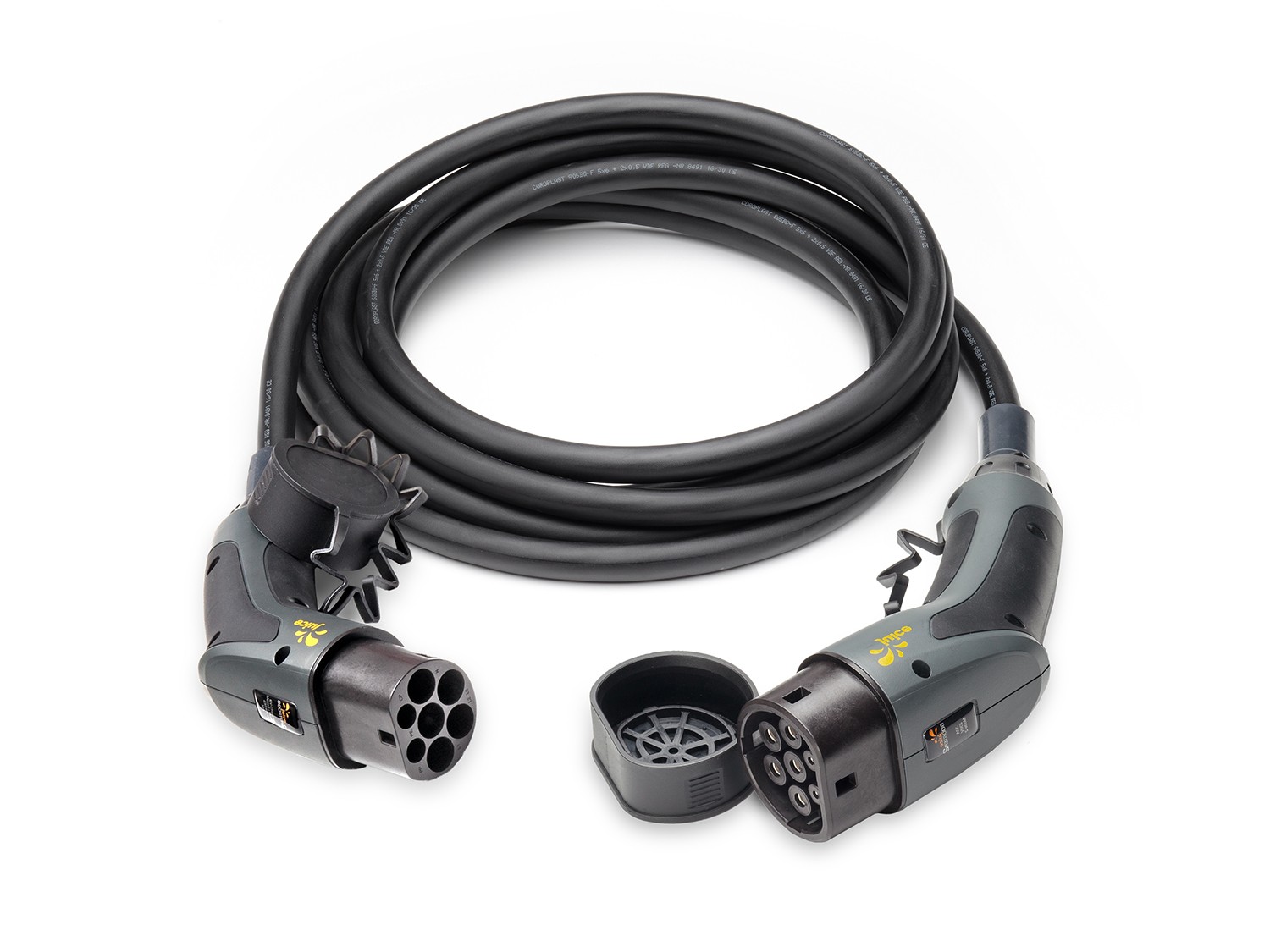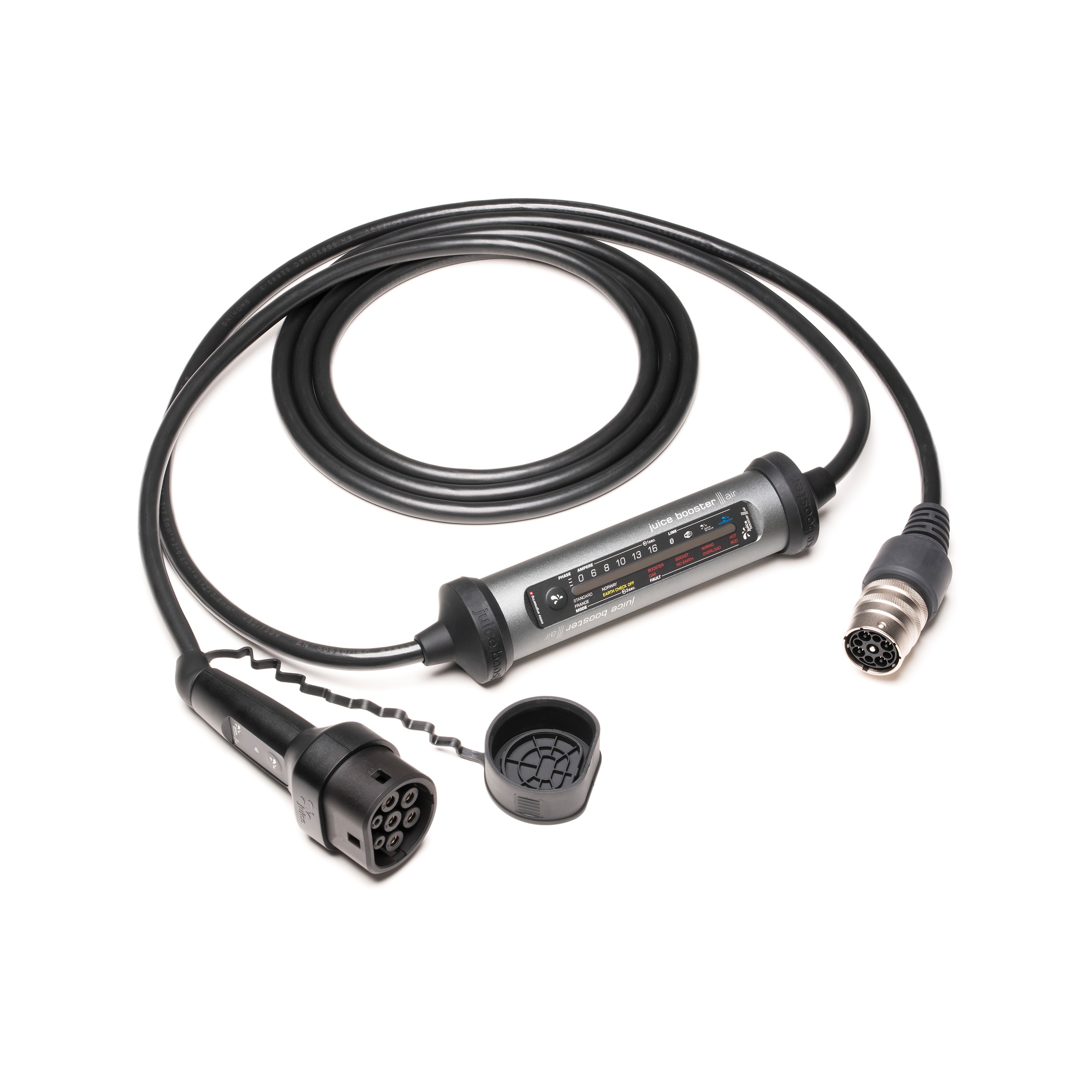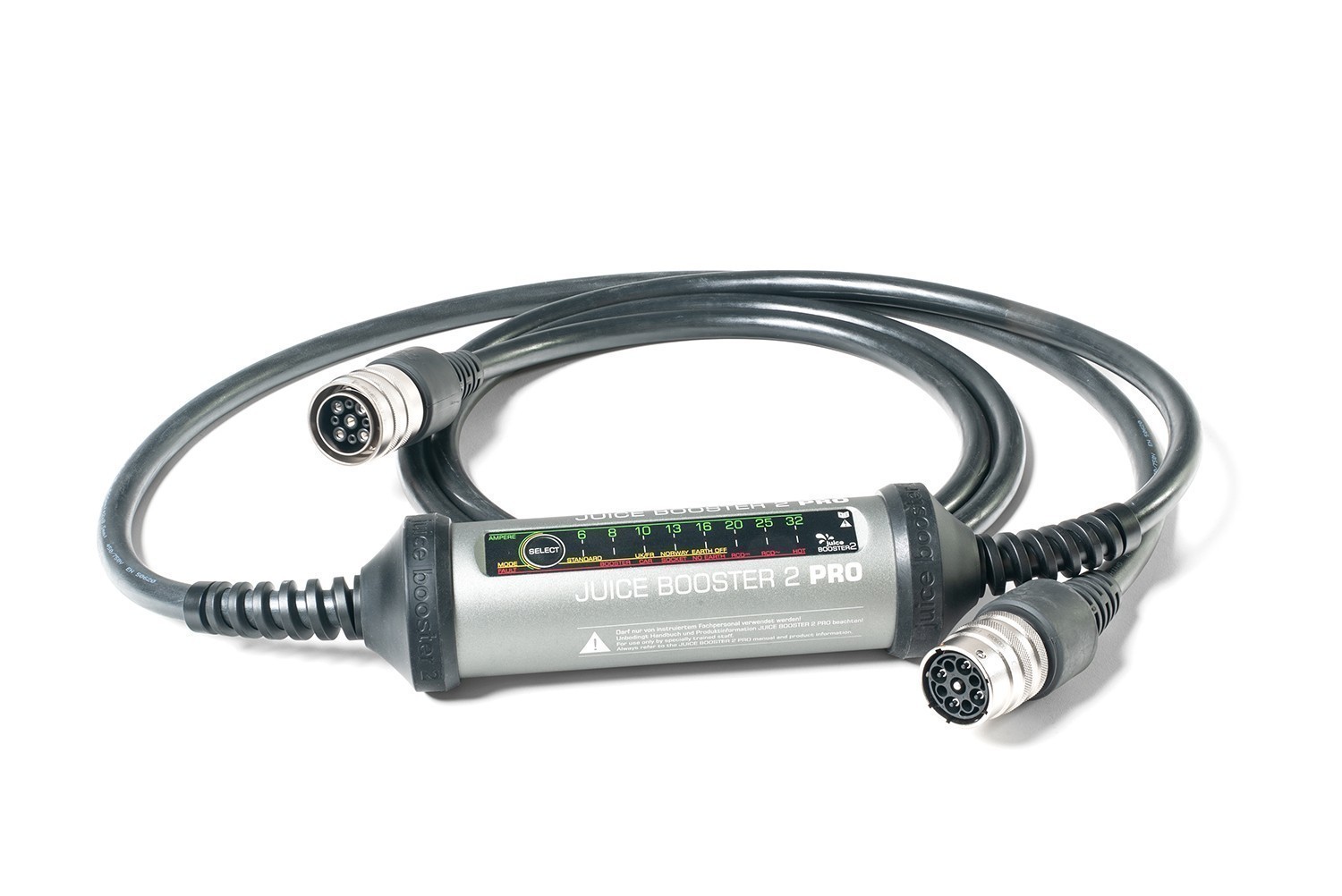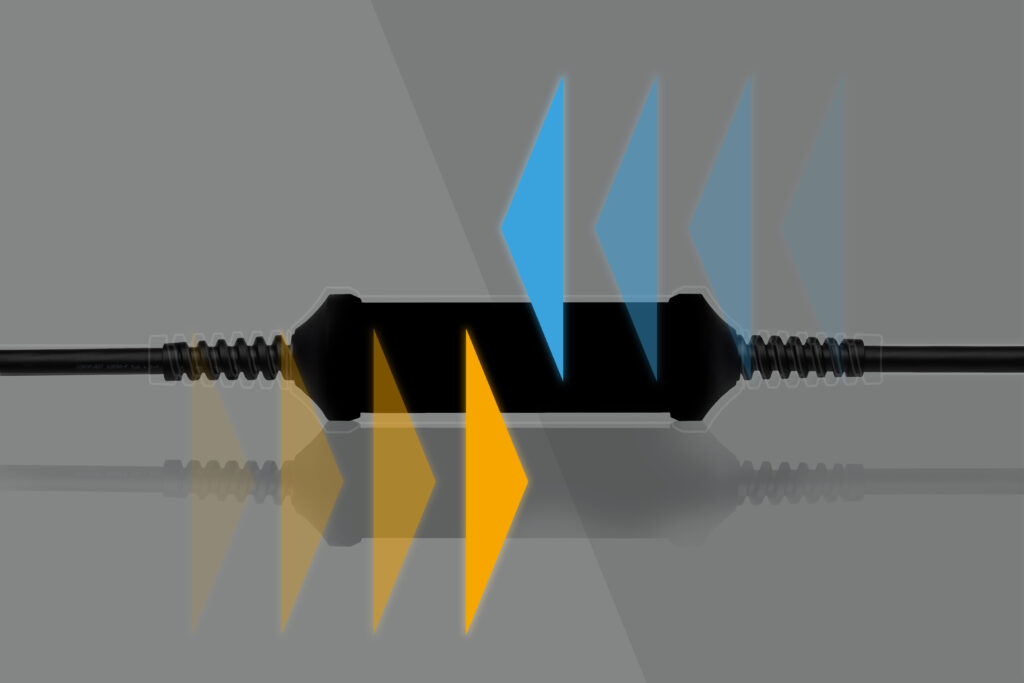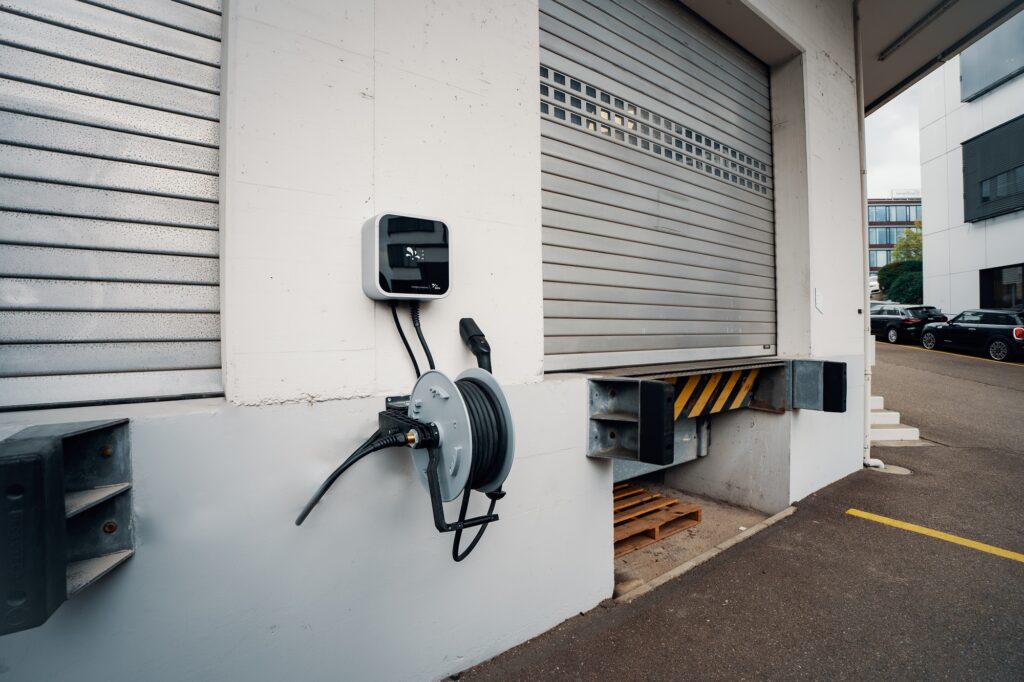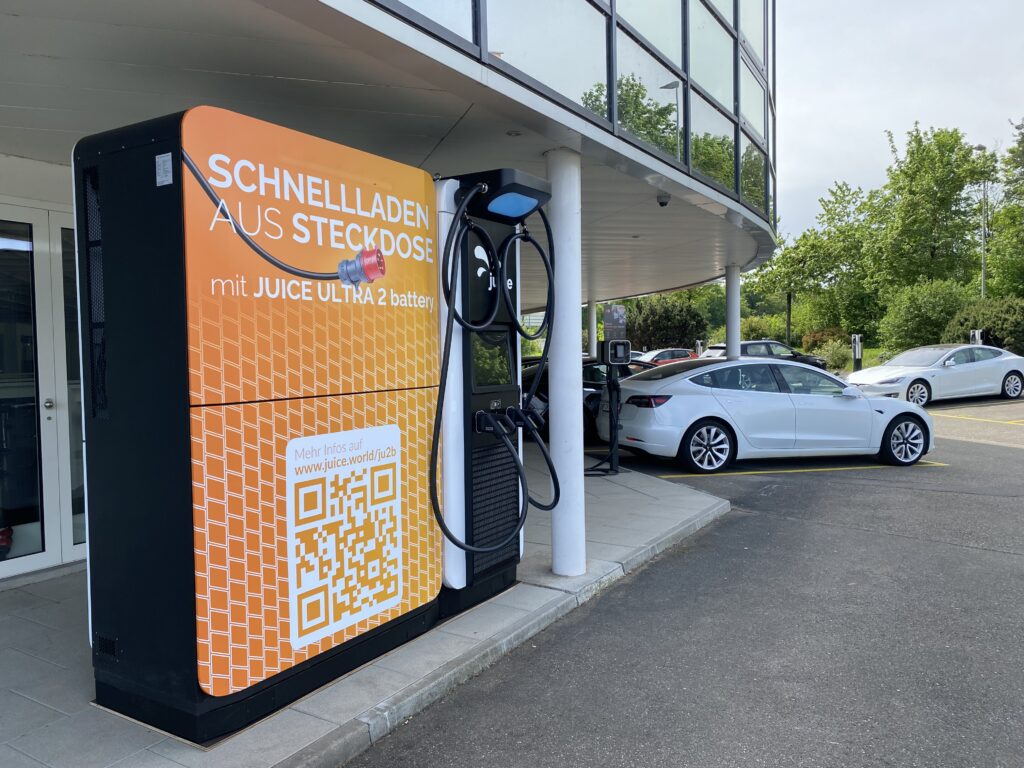The term “range anxiety” describes a driver’s feeling of not being able to reach the destination or the next charging opportunity in good time owing to the low range of their electric vehicle and ending up stranded as a result.
We explain in this article why these worries are absolutely unfounded nowadays and how they can be cured in a jiffy with a little background knowledge.
The section at a glance
- Where does range anxiety come from?
- How can we overcome this range anxiety? 3 tips
- Summary
Where does range anxiety come from?
Range anxiety is often rooted in the misconception that an electric vehicle either fundamentally does not have enough range for a plan, or that it must first be charged much too time-intensively because you can’t simply pour ten litres of fuel from the spare can into the tank.
The fact is: The average European nowadays covers a distance of 40 to 60 km by car in a day, which even the small electric vehicle models can manage with ease. The majority of all potential drivers should therefore be covered and freed from their range anxiety.
This feeling can also arise if you are working on the assumption that there are only ten charging stations in the entire country and they need to be found first. Not forgetting the fear that you will be left simply counting the seconds with nothing to do owing to long charging times.
How can we overcome this range anxiety?
You can set your mind at rest, because below are 3 over the counter tips for how to jettison these worries.
Tip no. 1: Know what affects your range
The following factors affect the range of an electric vehicle
Speed: Just like vehicles with combustion engines, the laws of physics also apply to electric vehicles: The faster you want to drive, the more energy it takes. So anyone who wants to eke out the greatest range from their battery should refrain from constantly stepping on the accelerator.
Recuperation: Recuperation technology is a major and often overlooked benefit of an electric vehicle. In simple terms, range is recovered every time the electric vehicle coasts or uses engine braking. Our CEO Christoph Erni drove up to the Gotthard Pass and then down towards Italy, and recovered a full 50 kilometres of range over the 80 kilometre journey!
Cold weather: With today’s battery technology, a reduction in range must be taken into account during the winter at temperatures of less than 0 °C. The extent of this varies from model to model, however. On the one hand, heating of the vehicle interior is pivotal for this – depending on how warm you want it as the driver of an electric vehicle.
On the other hand, the built-in battery needs to be brought up to temperature in the winter in order to work optimally – the heating technology installed which is responsible for temperature management for the battery is pivotal for energy consumption here. In extreme cases, a reduction in range of approx. 30% can be anticipated. But this phenomenon is not limited to electric vehicles. Petrol vehicles also consume an average of 15% more in the winter, approx. 24% for diesel.
Tip no. 2: Know your charging options
Thanks to solutions like the Juice Booster 2, the electric vehicle can be charged anywhere there is a power source – from industrial plug sockets to domestic sockets. If you therefore count all possible power sources as charging points, then there are already more than 60 million charging points in Germany alone.
You commute to work with a full battery and get another full charge from your employer, for example. You come home, charge overnight and are greeted by a full battery in the morning. And when planning a longer journey, the clever smartphone app helps you to find public charging points and fast charging stations along the route in order to combine charging with a short break and a visit to the toilet.
The ADAC (General German Automobile Club) recommends having a break of at least 15 minutes after 2 hours of driving anyway, regardless of the drive type. At a fast charging point, the battery in many models can be charged back to 40% again in this time. Enough to reach the next stop!
Tip no. 3: Choose the right vehicle
As mentioned at the beginning, choosing the right model comes down to the driver’s personal needs.
If it is clear in advance that longer distances often need to be covered, then it makes sense to choose a model with a greater range and higher charging capacity.
Summary:
If you want to cover longer distances with an electric vehicle or make a journey in it, then the route still needs to be planned slightly better today. Short distances (as are the case for the vast majority of consumers) can already be managed no problem today thanks to steady expansion of the charging infrastructure, increasing vehicle range and available charging solutions at home and in the workplace. The advantage here is that you even save the extra trip to a petrol station because you can charge wherever the vehicle is stopped for an extended period of time.
